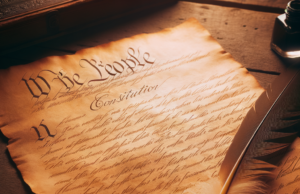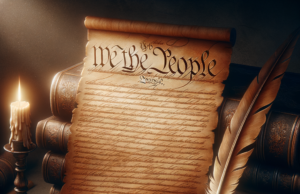Why are Supreme Court Decisions Important?

The United States Supreme Court is the highest court in the land and is responsible for interpreting the Constitution and ensuring that the government follows it. The Court has the final say on a wide range of legal disputes, including civil rights, freedom of speech, and criminal law, among others. Supreme Court decisions are important for many reasons, and their legal precedent can have fundamental effects on American society, law, and governance.
Firstly, Supreme Court decisions establish a legal precedent that lower courts must follow. These legal precedents are essential as they provide guidance to judges and attorneys on how to interpret and apply the law. These precedents also ensure consistency in legal decision-making and prevent contradictory rulings between courts.
Secondly, Supreme Court decisions can have a significant impact on American society. Many landmark decisions by the Supreme Court have expanded civil rights protection, for example, Brown v. Board of Education, which desegregated schools. The Court decisions are also responsible for upholding constitutional rights, including freedom of religion, speech, and association.
Thirdly, Supreme Court decisions have a profound impact on American governance. Supreme Court vacancies and appointments are crucial political issues, and the appointment of a new Supreme Court Justice can shift the balance of power dramatically. The Court’s decisions have the power to shape policies and laws that affect the country’s economic, social, and political life.
Fourthly, Supreme Court decisions can affect the interpretation of the law well beyond the borders of the United States. Since the United States is a leader in global human rights, Supreme Court decisions on significant issues such as due process, free speech, and the right to privacy can act as a precedent for other countries around the world.
Finally, the Supreme Court decisions can safeguard the rights of minorities against the tyranny of the majority. The Court bases its judgments on the Constitution’s interpretation and not on popular opinion. Therefore, it can help prevent discrimination against marginalized groups and ensure that their rights are upheld.
In conclusion, Supreme Court decisions are crucial for protecting the rights of American citizens, upholding the Constitution, and ensuring that the government operates within its constitutional limits. The decisions serve as legal precedents, guiding lower courts and establishing national legal standards. Additionally, they often have a considerable impact on American society and governance, sometimes even influencing the legal systems of other nations. As such, the importance of Supreme Court decisions cannot be overstated.
The United States Constitution is the fundamental framework for the United States of America. The United States Constitution plays a crucial role in ensuring the security and integrity of the United States, and more specifically, the citizens of the country.
The Constitution acts as the highest law of the land and documents the individual rights which distinguish American society from other countries. Every law in the United States, in some way, was developed in accordance with the Constitution.
● The United States Constitution provides a single legal basis for the fundamental rights of American citizens through the documentation known as the Bill of Rights.
● The Constitution defines the basic civil liberties, the fundamental rights of American citizens, and the responsibilities of the Federal and state governments.
● The Constitution acts as a framework to ensure peace and order in the United States.
● The Constitution organized the balance of powers between individual citizens, state governments, and the broader Federal Government of the United States.
● The document serves as a foundation for any legal entity formed in the country and offers the Government a sense of the direction in regards to organization and function–the Constitution defines the responsibilities of the executive, legislative, and judicial branches of government.
Constitution has more information regarding the United States Constitution’s importance.














